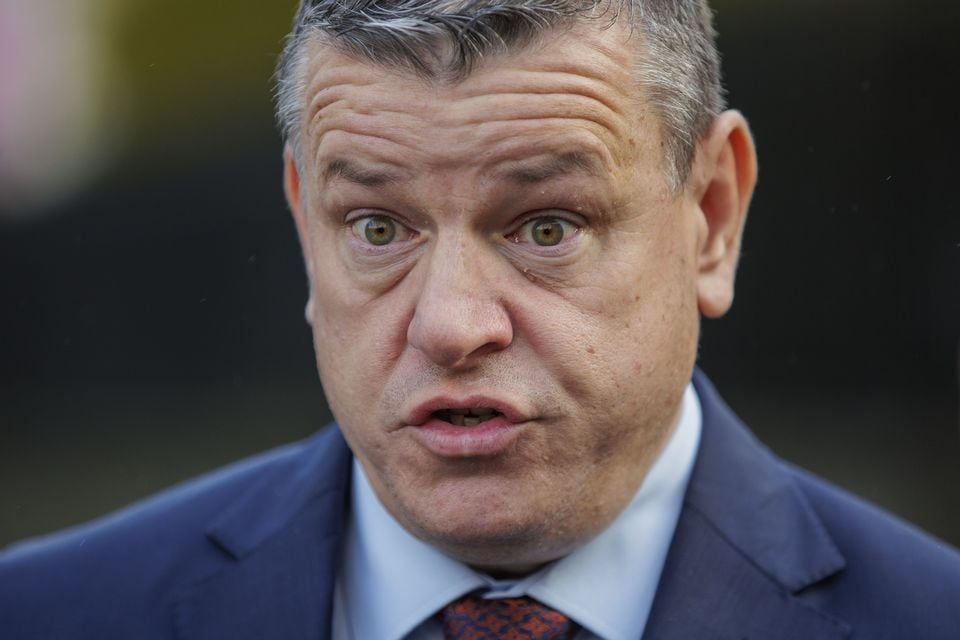A coroner who ruled SAS soldiers were not justified in killing four IRA members in a 1992 ambush in Clonoe, Co Tyrone, is to refer his findings to Northern Ireland’s Director of Public Prosecutions.
Mr Justice Michael Humphreys said he is obliged by law to send a report to the DPP if an inquest he is presiding over discloses evidence that indicates a criminal offence may have been committed.
Four Provisional IRA members – Kevin Barry O’Donnell, 21, Sean O’Farrell, 23, Peter Clancy, 19, and Daniel Vincent, 20 – were shot dead by the soldiers minutes after they had carried out a gun attack on Coalisland RUC station in February 1992.
Earlier this month, Mr Justice Humphreys, who is Northern Ireland’s presiding coroner, delivered his findings at an inquest for the four men. He found the SAS soldiers did not have an honest belief in the necessity of using lethal force and that such force was unjustified and not reasonable.
At a further hearing on Thursday morning at Belfast’s Royal Courts of Justice, the coroner confirmed he will now refer the case to DPP Stephen Herron to review it. He said he has no discretion in the matter and is required to send the referral under the Justice Northern Ireland Act, 2002.
“Accordingly, as I read the statutory obligation that’s imposed upon me, I am obliged to send a written report of my findings in this inquest to the Director of Public Prosecutions and I will do so as soon as that is practicable,” he said.
When a referral from a coroner is received by the DPP, prosecutors consider if any further investigative steps are required before a decision can be taken as to whether a prosecution will be pursued.
Under Northern Ireland’s current legal framework for dealing with legacy cases related to the Troubles, criminal investigations can only be undertaken by the recently established Independent Commission for Reconciliation and Information Recovery (ICRIR).
The SAS soldiers opened fire as the men arrived at St Patrick’s Church car park in Clonoe in a stolen lorry they had used in the police station attack.
The inquest into the circumstances of the killings, which opened in 2023, found up to 570 rounds were fired by the soldiers.
In his findings, Mr Justice Humphreys, who is also a High Court judge, said the use of force in the ambush was not justified and the soldiers did not have an honest belief it was necessary in order to prevent loss of life.
In statements made by the soldiers at the time, they claimed the use of lethal force was justified to protect their lives and others from the IRA unit.
Solicitor Niall Murphy said evidence in the inquest was ‘overwhelmingly conclusive’ (PA)
However, Mr Justice Humphreys said the use of force by the soldiers was, in the circumstances they believed them to be, “not reasonable”.
He said no attempt was made by the soldiers to arrest any of the members of the IRA unit, even as they lay seriously injured and incapacitated either on the ground or in the cab of the lorry.
The coroner was also critical of the operation, saying it was not planned and controlled in a way to minimise to the “greatest extent possible” the need to use lethal force.
He rejected the soldiers’ claims the IRA members opened fire in the car park, saying they were “demonstrably untrue”.
The inquest findings generated a political controversy and faced criticism from unionist and Conservative elected representatives.
Outside court on Thursday, solicitor Niall Murphy, who represents some of the bereaved relatives in the case, said the findings in the inquest were based on evidence that was “overwhelmingly conclusive”.
Commenting on the referral to the DPP, he said: “Well, it’s a rule of law issue, and the families would hope and trust that the rule of law will be observed.
“The evidence that we all heard over the months of hearings was overwhelmingly conclusive.
“The state of evidence, therefore, for the consideration of the Public Prosecution Service is complete, and we would hope and trust that the PPS will come to its decisions as soon as possible.”
